What Are the 8 Major Phases of the Moon?

The 8 Major Phases of the Moon
In general, we see 8 major phases of the moon. Sometimes, its shape is full, half, or just a sliver. Full moon, new moon, half-moon, quarter moon, waning moon, and crescent moon are the phases of the moon.
The sun always lights up half of the moon. Then, the other half of it is in complete darkness. The moonlight we see is just reflected sunlight.
We know this very well because this is the day and night on Earth that we experience on Earth. But from our viewpoint of the moon, we see that same “day-night line” which are the phases of the moon.
When you’re out at night, remember that the phases of the moon depend on the angle the sun is hitting it. It also depends on the point of view where on Earth you see the moon.
“The sun shines on the moon. But we can only see half of the moon. During a full moon, the entire lit surface is facing us. But for a new moon, the lit surface is pointing away from the Earth.”
1. New Moon

New moons are very difficult to see because a new moon is always closest to the sun.
In other words, the sun isn’t shining on the moon from Earth’s perspective. That’s what makes it so hard to see a new moon.
If the sun is on the other side of the moon, then this means that it’s a new moon.
And this is really the first phase of the 8 major phases of the moon.
2. Waxing Crescent Moon
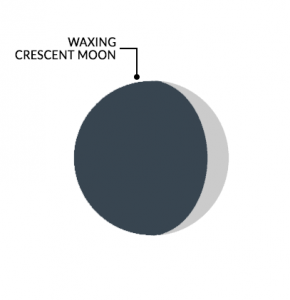
Because the moon orbits the Earth, it moves a bit to the east after a couple of days.
Now, we can see the moon at a slight angle with only a partial bit of it lit up.
At this point, the crescent is still very thin.
Similar to the new moon, a waxing crescent moon is still close to the moon but it has moved a bit to the east.
3. First Quarter Moon (Half Moon)
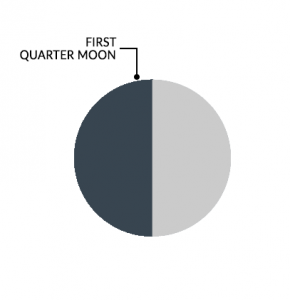
When you see half of the dark and light side, then this means the moon is half full.
The moon is orbiting and the waxing crescent moon is growing into a first quarter moon.
During a first-quarter moon, the moon is farther away from the sun and it’s easier to see. This is the first time that the day-night line on the moon is halfway lit up.
But it’s called a “first-quarter” moon because it’s 1/4 of the way through its cycle back to a new moon.
4. Waxing Gibbous Moon
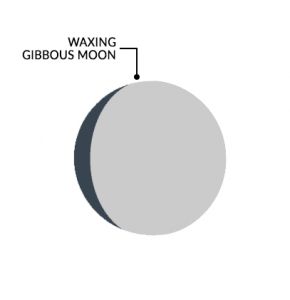
As it grows a bit more, it becomes a waxing gibbous moon.
And gibbous simply means “convex” – that it’s more than half of a circle but less than a full circle.
In this phase, we are very close to the moon being fully lit up by the sun.
As the moon orbits the Earth, it finally approaches a full moon.
5. Full Moon
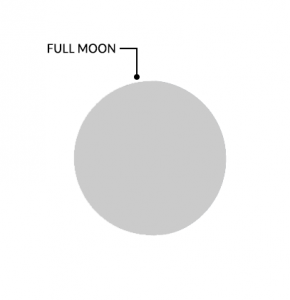
A full moon is fully lit up from the perspective of the Earth.
When the moon is on the opposite side of the Earth, the sun illuminates in its full.
At this point, the moon has moved halfway through its orbit at 180 degrees.
During a full moon, the Earth is between the sun and the moon, and that is when the werewolves begin to transform.
6. Waning Gibbous Moon
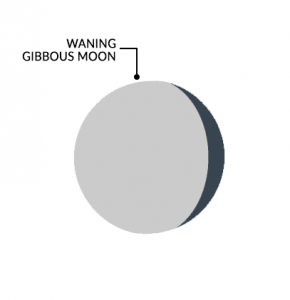
At this point, the moon is starting to orbit past 180 degrees into a waning gibbous moon.
And we will cycle through the first 4 phases of the moon. Instead this time, it will be in reverse order.
The waning gibbous moon means that its illuminated side is starting to shrink from a full moon.
Waning means that the moon appears to recede in size because the sun is progressively illuminating a smaller portion of its visible surface.
7. Last Quarter Moon (Half Moon)
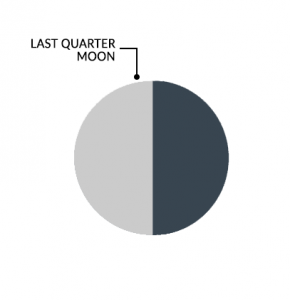
Once again, we are at a point where the moon appears to split in half as a last quarter moon.
At this phase of the moon, it has cycled through 3/4 of its life. But it has reversed which side is lit by the sun.
And instead of it progressively appearing fuller, we begin to see less of the moon.
It visibly appears to be shrinking as it approaches back to a new moon.
8. Waning Crescent Moon
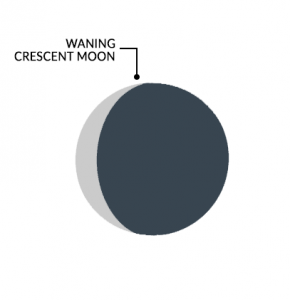
A couple of days after, you get a waning crescent moon.
We start to see less and less of the moon as the moon orbits past the 270° cycle.
When the moon has completed its full 360° orbit around the Earth, we are back to the first phase.
The new moon phase marks the starting point of a brand-new cycle of the moon.
Why does the moon have phases?
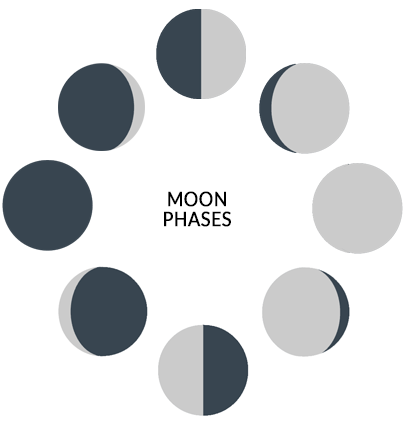
At all times, the sun illuminates half of the moon. This is the same as Earth because half the Earth is lit during the day and half of it is in darkness at night.
But it’s because of our perspective and where we are on Earth, how we see the 8 major phases of the moon. The moon looks bright from Earth because it’s in full sunlight.
Because the moon is a sphere and orbits the Earth, we see it differently based on time. In the diagram, the phase of the moon is based on the position of the moon and how much sunlight is shining from the right side.
Overall, it’s the “day-night line” that we see from Earth that represents the 8 phases of the moon. And we determine the phases of the moon by how much the moon is lit up by the sun.
The 8 Major Phases of the Moon
When gazing up at the night sky, one can’t help but be captivated by the ever-present and constant celestial companion known as the Moon.
Throughout history, people from all cultures and walks of life have been entranced by the Moon’s luminous presence and its ever-changing phases.
This article serves as an introduction to the fascinating world of lunar phases, shedding light on the eight major phases that the Moon cycles through during its journey around Earth.
Do you have any questions? We’d love to hear from you with the comment form below.

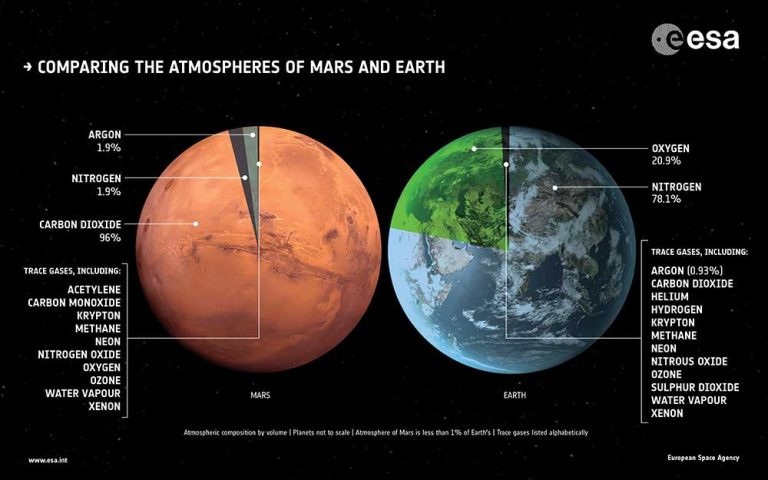
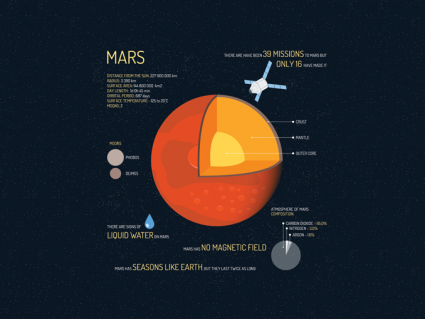
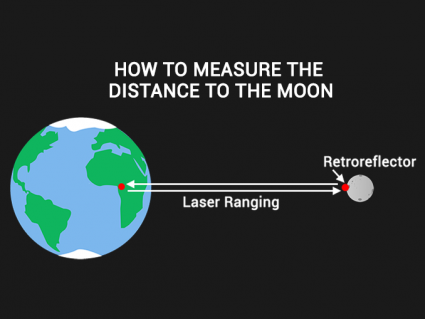
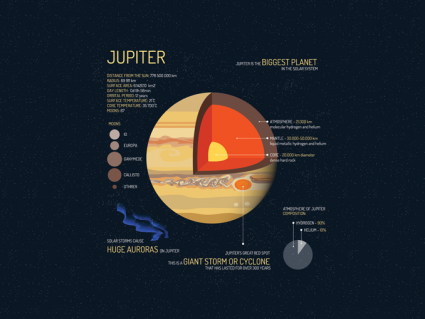
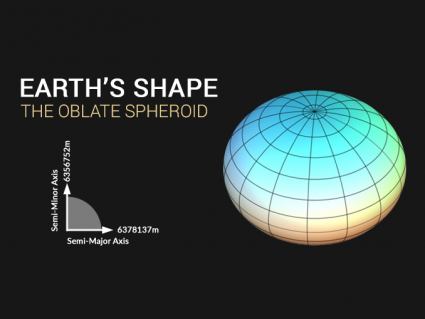
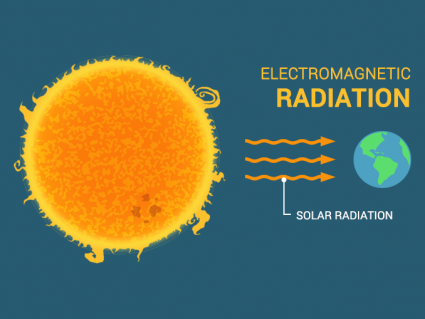
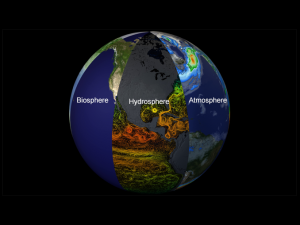
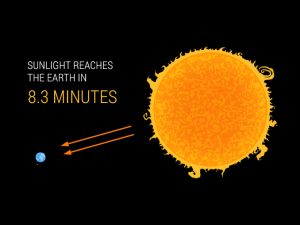
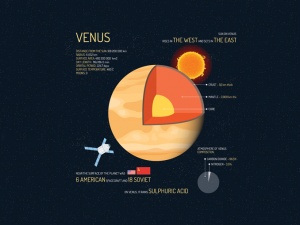
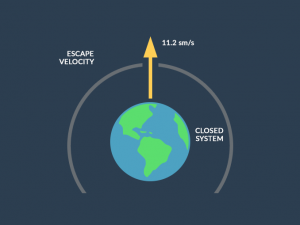
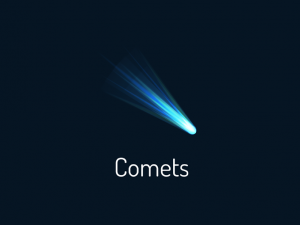
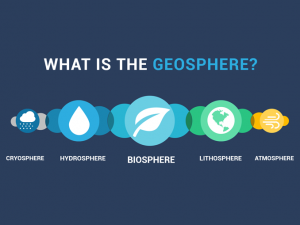

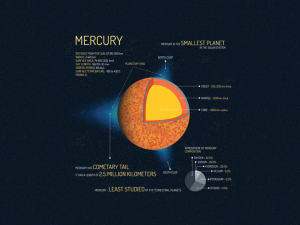
The eight moon phases help us track its full cycle.
Great info. Moon phases have huge impact on our personalities, moods and behaviors.
Great info
I enjoyed the diagram, although waning is misspelled as “wanning” twice.
Wow loved it
What about the blue moon?
Very good info, thanks.
Make a mars one its very good like the moon
very helpful
I think the “Last Quarter” is actually called “Third Quarter” but other than that it is a good article. it is not false information and I was able to use it for my moon phases project that I used it for school and got a good grade. Thanks for writing. Very helpful.
Thanks for info
I like this website!
You should make one about mars!!!
Moon’s history is very nature and beautiful.
Woah cool facts!!!!
Janya, my daughter, knew everything about this. Proud of my daughter ❤️
Very excellent and informative article about the moon. I very enjoyed learning about the moon. Thanks so much for a great article!!
Amazing I am learning about the moon phases
Wow this is amazing
Great article.
Wow